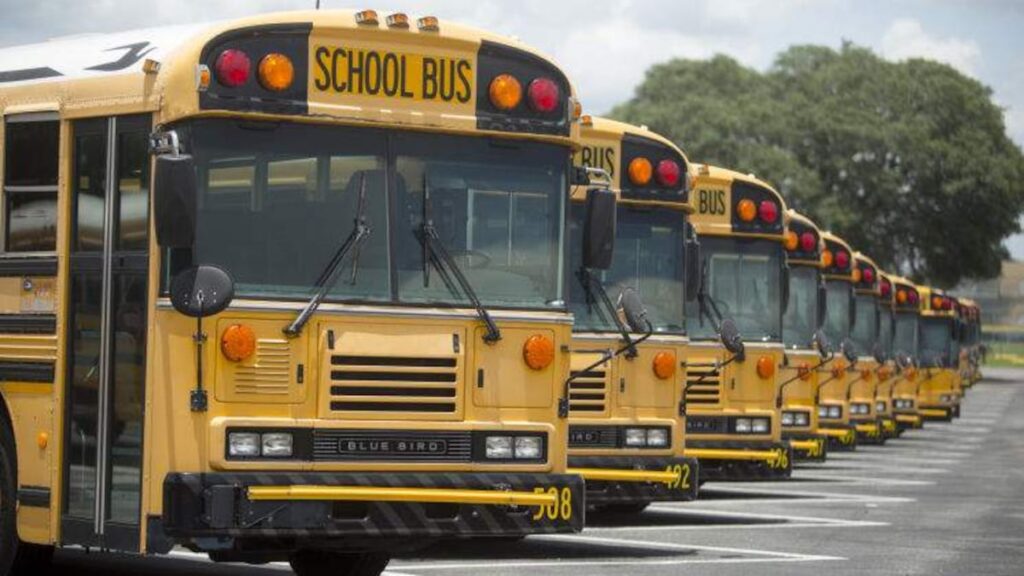As a father, a lawmaker and a proud Floridian, I saw firsthand the challenges families face in bringing their children to school safely. In Hillsboro County, the situation is urgent. Hillsboro County Public Schools have consistently struggled to fill bus driver positions with more than 250 vacant seats last year, causing route delays, overcrowded buses and limited service. Their website shows that buses may be 30 minutes to 2 hours behind, especially at the beginning of the school year.
The biggest challenges with school transport exceed long wait times and inconveniences. It’s a safety issue. As Florida’s population explodes, roads become busy and more dangerous for students to navigate. Our state has made great strides to enhance school safety, but these protections don’t always extend to the routes children take to get there. As a result, many students are forced to walk or cycle through dangerous areas, such as traveling alone past sexual predator housing, walking along busy roads without sidewalks, or navigating country stretches with minimal lighting.
Florida’s school transport policy has remained largely unchanged for decades despite significant changes in population, technology and community needs. We are looking for too many outdated systems built for another era.
Innovation and options offer a better path. State such as Colorado, Virginia and Texas already use technology-based solutions to supplement school transport, particularly for vulnerable populations such as foster parents and disabled students. These platforms use artificial intelligence to transform traditional, often manual planning processes into intelligent, dynamically driven operations. This allows schools to develop customized plans to create more efficient, cost-effective, safe transportation systems, including shortages of bus drivers, student safety, and budget cuts.
In fact, while using Hopskipdrive, an AI-based school transport routing provider, one district in the Colorado area has noticed that it doesn’t have the issue of bus driver shortages as they thought, but rather an efficiency issue. They used this technology to size the bus fleet right, improve vehicle use, optimize routes, and cut transportation capital budgets by 40% over the course of a decade.
So we introduced a pilot program to bring similar innovations to Florida. The initiative will allow school districts to use their intelligent routing platform to explore more students, especially those facing grades 7-12 and all K-12 students living more than a mile from school. It also provides district tools to reroute to avoid threats that are not currently covered by law, such as lack of sidewalks, early morning darkness, and busy roads.
Spend your days with Hayes
Subscribe to our free Stephenly newsletter
Columnist Stephanie Hayes shares thoughts, feelings and interesting business with you every Monday.
You’re all signed up!
Want more free weekly newsletters in your inbox? Let’s get started.
Check out all options
This is not about replacing the bus. It’s about having kids and traveling safer. This is to equip school districts with better tools to make smarter and safer decisions. Implementing this type of technology reduces car lines congestion, reduces pressure on the bus fleet, and gives parents the right mind.
Technology is here. The model works. The only thing missing is the will to act. We look forward to continuing this work with the next session, bringing meaningful and modern solutions to ensure that all students have a safe and reliable way to go to school.
It’s time to modernize school transportation. Our children’s safety, education and future depend on it.
State Assemblyman Danny Alvarez serves as District 69 in Hillsboro County.

